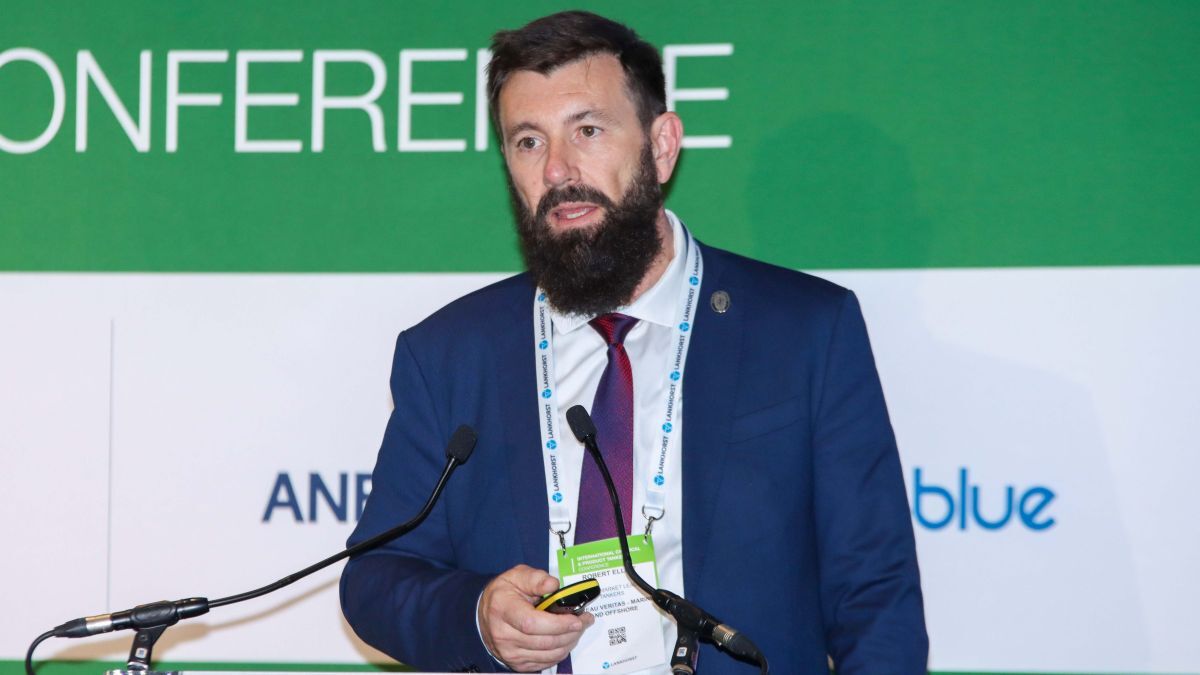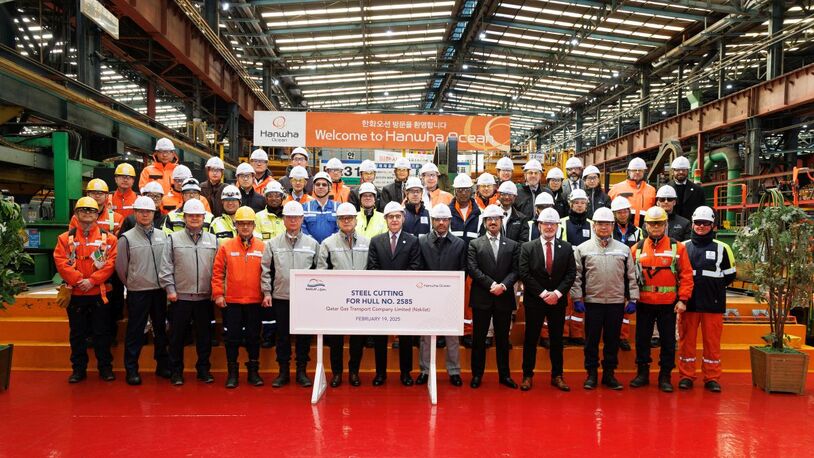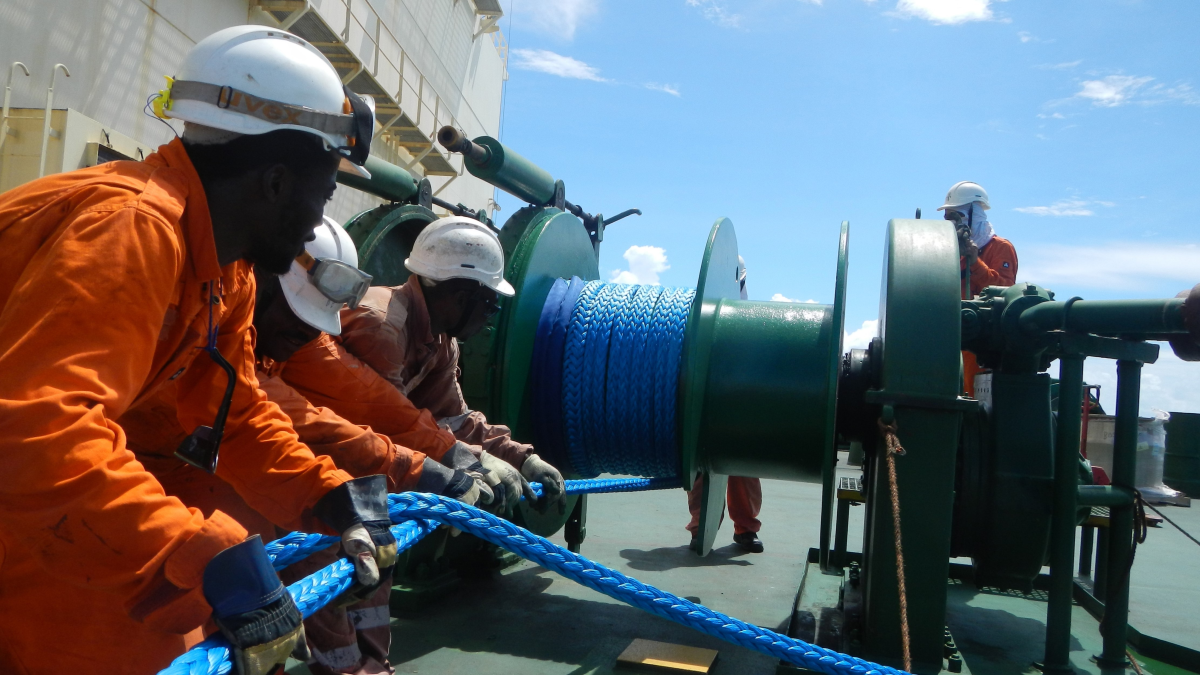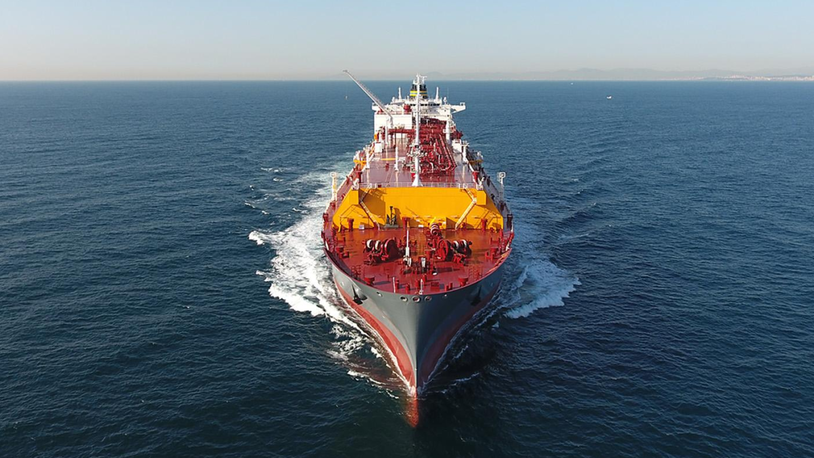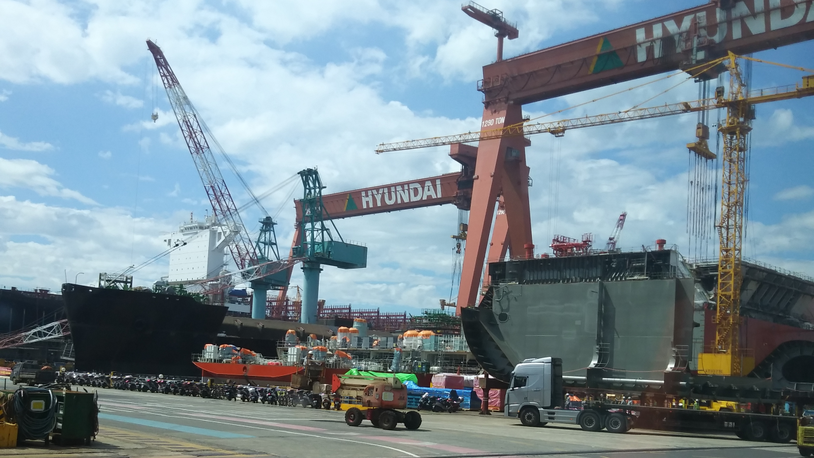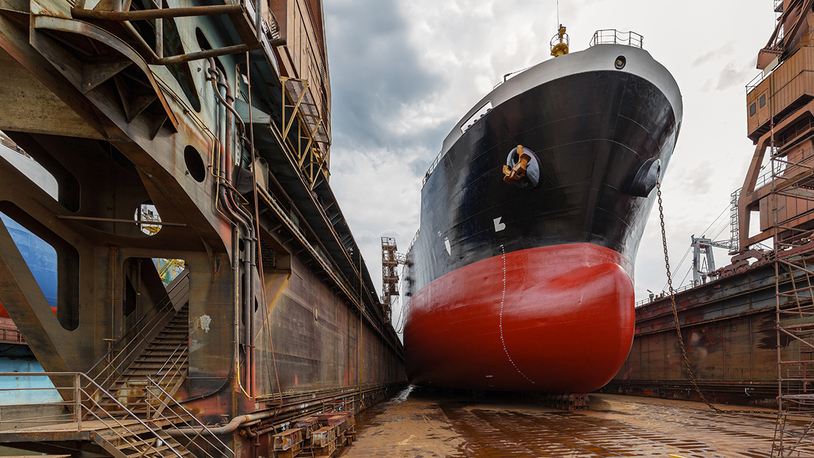Business Sectors
Events
Contents
Ethane carriers enter the deepsea gas trades
Ethane has emerged as a new liquefied gas carrier cargo on deepsea routes as a result of the US shale gas revolution.
It is one of the five components of the natural gas liquids (NGLs) in which the rising output of US shale oil and gas is rich. It is also by far the cheapest and, along with propane, is the most abundant NGL and is an ideal petrochemical feedstock.
The NGL fraction is now available in quantities beyond the needs of the US chemical industry. Chemical producers in Europe, India and China keen to utilise the surplus have signed long-term contracts for output from two new US ethane export terminals.
Sunoco Logistics is bringing on stream an ethane-loading facility at its Marcus Hook complex near Philadelphia on the US east coast, which will have the capacity to export up to 1.9 million tonnes per annum (mta). Ethane will be processed from the NGL output of the Marcellus shale gas play in eastern Pennsylvania.
Enterprise Products Partners (EPP) is building a bigger ethane-export terminal at Morgan’s Point on the US Gulf coast. The facility, at the entrance to the Houston Ship Channel in Texas, is due for commissioning in the third quarter of 2016 and will have an ethane loading capacity of 7.6 mta.
Global flows
Traditionally, ethane was used primarily in chemical plants adjacent to where it is processed, not traded in global markets.
The only current seaborne movements of note are the 1 mta shipped from Kårstø on Norway’s west coast to ethylene crackers at Rafnes, also in Norway, and Stenungsund in Sweden. The Statoil-operated Kårstø complex processes gas from the North Sea but output from this source is declining.
Ineos, Borealis and Sabic have stepped in to take advantage of competitively priced US ethane to feed their European petrochemical complexes. In some cases this has required revamping their ethylene crackers to use ethane rather than naphtha feedstock.
Ineos has signed up for 650,000 tonnes per annum (tpa) of Marcus Hook output for its Rafnes cracker and 315,000 tpa for its Grangemouth plant in Scotland.
Borealis will purchase 365,000 tpa of Marcus Hook ethane for Stenungsund and Sabic Europe has signed up for 1.4 mta of Morgan’s Point output for shipment to its Teesside plant in northeast England.
Another Morgan’s Point customer is Reliance of India. EPP has agreed to load 2.3 mta for the longhaul run to the Reliance petrochemical complex at Jamnagar and other ethane crackers in India nominated by the customer.
Excluding these long-term contracts, about 2.6 mta of output from Marcus Hook and Morgan’s Point remains uncommitted.
Fit for purpose
The new ethane trade flows made it necessary to build a new breed of gas carrier. Various designs have emerged to accommodate different voyage lengths and create economies of scale.
Ethane has a vapour pressure of 3.85 MPa at 21.1˚C, a boiling point of -88.5˚C and a specific gravity of 0.54, as opposed to 0.45 for methane. For carriage by sea ethane must be either fully refrigerated, compressed to a high pressure or have both temperature and pressure controlled.
In terms of existing gas carriers, ethane can be transported in semi-pressurised/fully refrigerated (semi-ref) liquefied ethylene gas carriers (LEGCs).
Ineos has been a first mover determining the type of ships it needs for transatlantic shipments, arranging with Evergas to charter eight semi-ref newbuildings of 27,500m3 from two yards in China. Sinopacific delivered the first two ships, JS Ineos Insight and JS Ineos Ingenuity, in July 2015 and JS Ineos Insight paid its first visit to Marcus Hook five weeks later.
Evergas terms the ships its Dragon-class series. The multipurpose gas carriers can carry LNG as well as LPG and the full range of petrochemical gases. The two Wärtsilä 6L20DF dual-fuel engines on each vessel burn LNG and ethane as well as heavy fuel and marine diesel oil.
Navigator Gas followed Evergas’ lead, ordering four LNG-powered, 35,000m3 ethane/ethylene/LPG carriers in China in April 2014. On delivery in April Navigator Aurora, the first in the series, will enter a 10-year charter to Borealis, transporting ethane from Marcus Hook to Stenungsund.
Simultaneously, Hartmann of Leer in Germany ordered three 36,000m3 ethane carriers to be built in China to its new Ecostar 36K design, partnering with the Norwegian shipowner Ocean Yield. To begin delivering in the second half of 2016, Sabic will use the vessels to ship ethane from Morgan’s Point to its revamped steam cracker on Teesside in the UK.
The Navigator and Hartmann ships are the largest semi-ref ships ever ordered. However, they will not be the largest ethane carriers for long. To realise economies of scale shipping Morgan’s Point cargoes to India, Reliance ordered six fully refrigerated, 87,000m3 very large ethane carriers (VLECs) in South Korea in July 2014.
When delivery of the series commences in late 2016, the vessels will be the largest gas tankers that are not LNG carriers. The new Reliance vessels will be built with the Gaz Transport & Technigaz (GTT) Mark III membrane tank containment system fitted on more than 150 LNG carriers in service, albeit a more robust version to accommodate the denser cargo.
Two months after the Reliance newbuilding contract, Hartmann returned to the fray with an order for its own VLECs. Launching a new joint venture with Evergas parent Jaccar Holdings, United Ethane Carriers (UEC), Hartmann ordered a series of five 85,000m3 vessels in China.
The ships will be built to the EcoStar 85K design, which features IMO Type C pressure vessel cargo tanks. They will be, by a wide margin, the largest semi-ref gas tankers ever built and will serve under a 10 year time charter contract with Oriental Energy (Nanjing), carrying Morgan’s Point ethane to China.
Even as domestic chemical producers increase its use as feedstock, the US could still have up to 19 mta of ethane available for export by the end of the decade. That volume would require approximately 100 ethane carriers; one possible fleet mix would be 50 per cent semi-ref ships and 50 per cent VLECs.
Related to this Story
Events
Maritime Environmental Protection Webinar Week
The illusion of safety: what we're getting wrong about crews, tech, and fatigue
Responsible Ship Recycling Forum 2025
© 2024 Riviera Maritime Media Ltd.




